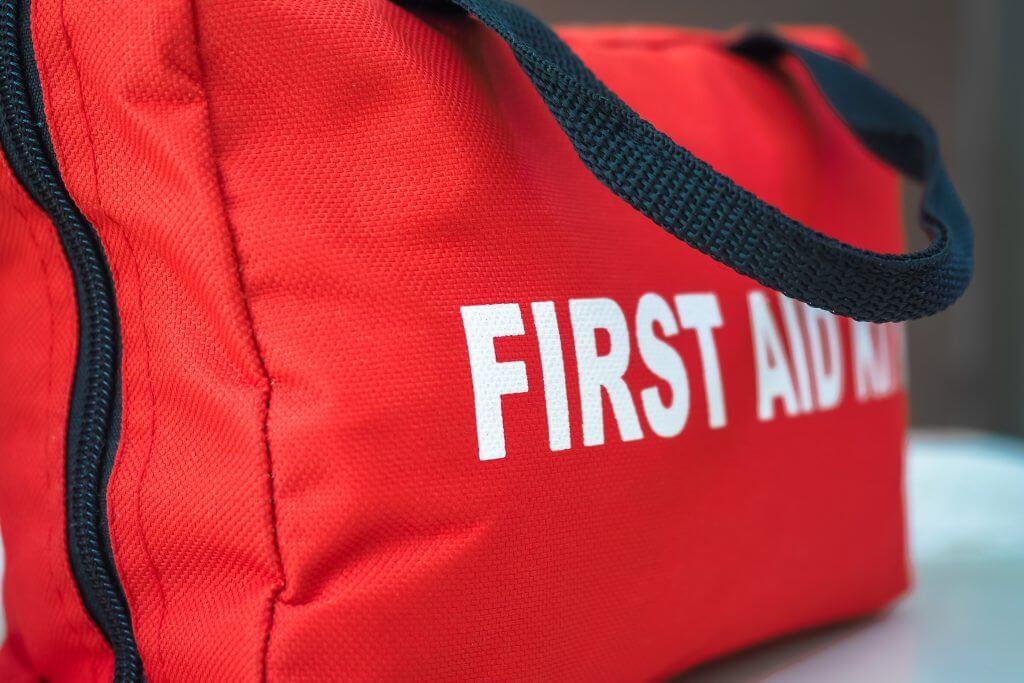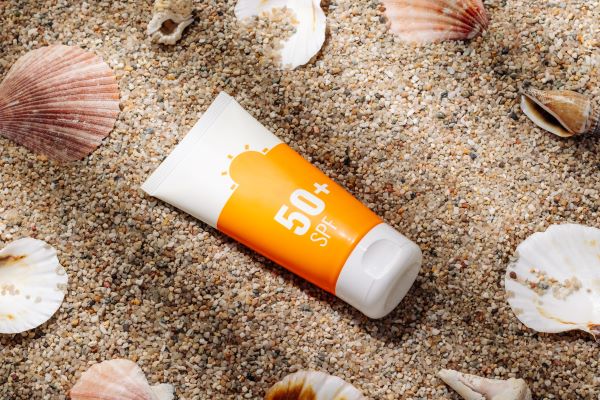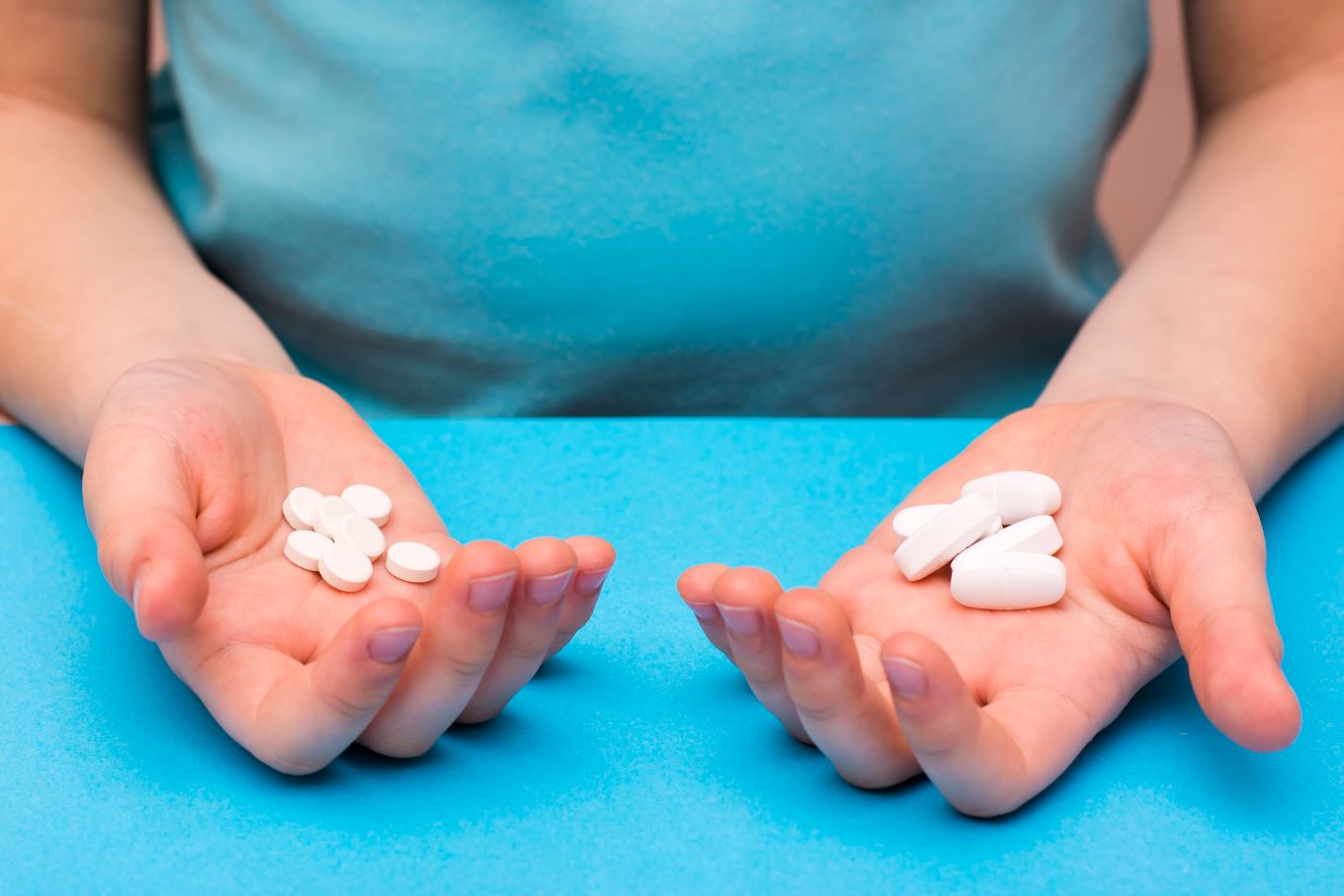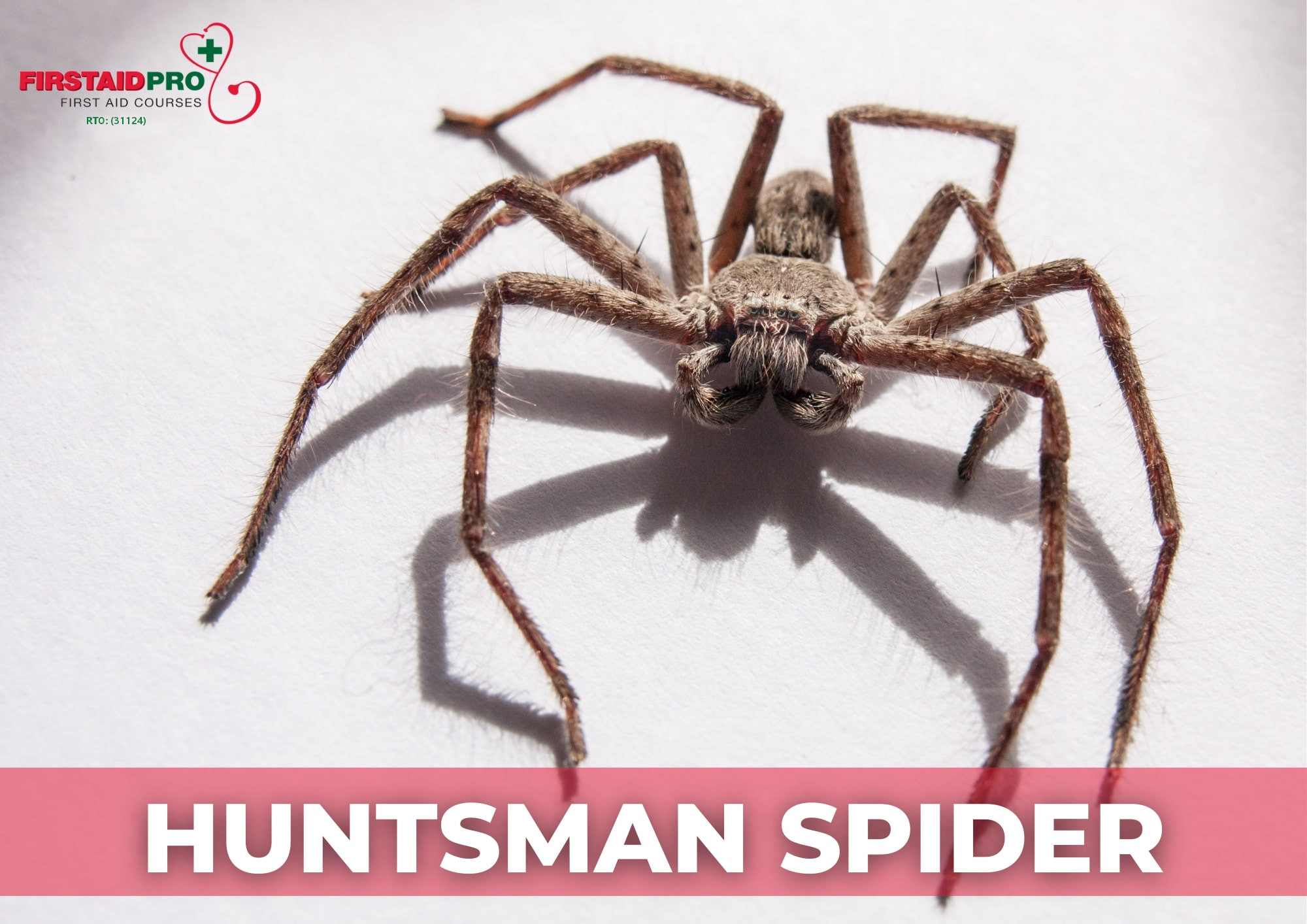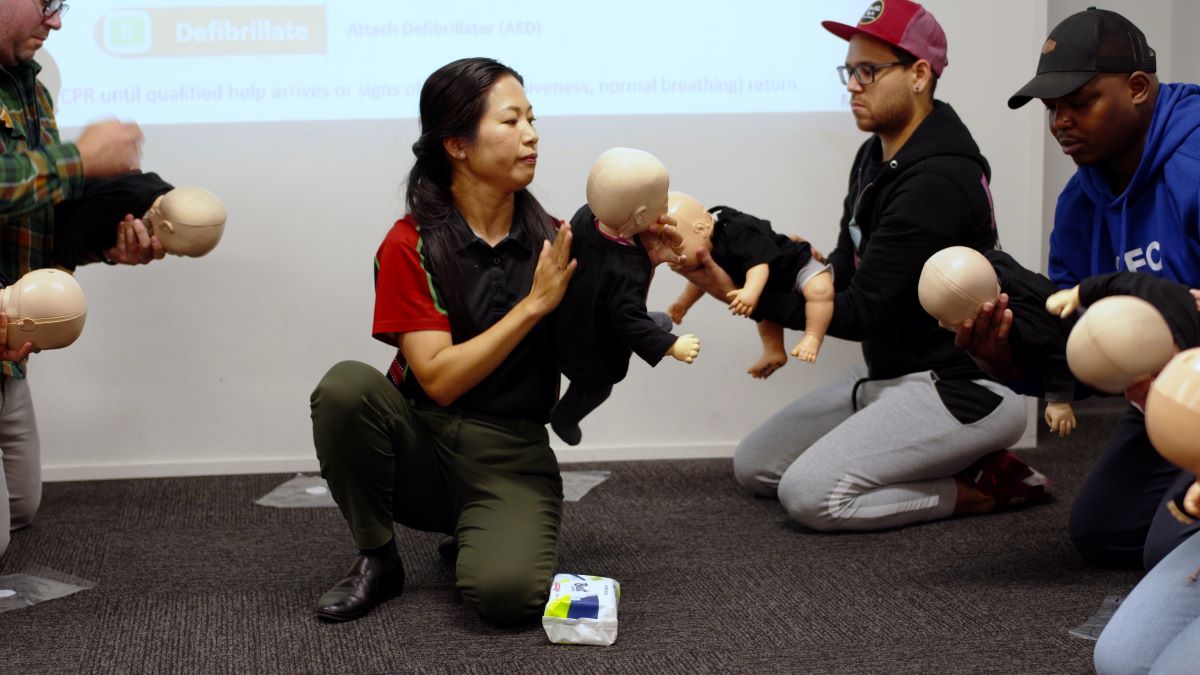A first aid kit is an important tool that contains basic medical supplies that will help you respond to everyday injuries and accidents. Creating a well-stocked first aid kit can keep you and your loved ones prepared to treat common symptoms and emergencies.
Many people may ask, what is in a first kit? but most items are basic supplies. Some of them you can get at the nearest pharmacy or supermarket. First aid kits come in different shapes and sizes. You can either purchase a first aid kit or put together one on your own.
Buy and build a First Aid Kit
Buy: Many people prefer ready-made kits compared to buying individual supplies and assembling their own kits. The reason for this is to save and money and ensure that no important supplies or tools are overlooked when creating one.
When buying premade kits, consider the group size or the estimated number of people who might be using them in the workplace or at home. Also, consider buying a first aid kit specific to the needs of the workplace or a household. It is much better to have individual kits on top of the group’s first aid kit to be able to treat personal nicks and scratches.
Build: If you want a personalised kit that will include supplies suitable for your lifestyle, we suggest building your own first aid kit. It can be a less expensive option for some since you probably have some of the items on hand. It is also easier for you to remember expiration dates and items that need to replenish since you have assembled them yourself.
We have prepared a checklist of everything you need to have in a first aid kit, along with some tips on how you can get the best use of it.
What is in a First Aid Kit?
Bandages and dressings
- Assorted adhesive bandages (Band-aid or other similar brands)
- Sterile gauze pads, preferably non-stick
- Eyeshields and pads
- Latex gloves and athletic tape
Ointments and medications
- Antibiotic ointments, such as bacitracin, polysporin, or mupirocin
- Antiseptic solution or wipes
- Calamine lotion for stings
- Ibuprofen
- Prescription medicines
Basic tools (Health equipment)
- Blunt tip scissors
- Mirror
- Tweezers, to remove small splinters or ticks
- Thermometer
- Razorblade or small knife
Miscellaneous
- Emergency blanket
- Hand sanitiser
- First Aid Manual
- Disposable ice bags
- Sterile cotton balls or cotton-tipped swabs
- Syringes, medicine cup, or medicine spoon
Frequently Ask Questions (FAQs) about First Aid Kits
Where should I keep my First Aid Kit?
First aid kits should be kept safe, dry, and accessible place but away from the prying hands of the small children. Anyone of the right age and who knows how to use a first aid kit should know where it is. You must also keep one in your car, caravans, and boats and put them in an accessible yet secure area, so they don’t become ‘projectiles’.
How do I maintain my First Aid Kit?
It can be helpful to check your first aid kit content regularly. Replace supplies that have expired or been used up. Check the kit every 6 or 12 months to ensure that all items are in good working order and sterile items are still sealed.
Who needs a First Aid Kit? Do I need one for myself?
Yes, everyone should have a first aid kit on hand. We do not know when or where an emergency will happen and when you will be able to put your first aid kit to use on yourself or others.
Which First Aid Kit is the best?
It does not matter whether it’s bought or built. The best first aid kit Is the one suitable to your needs and containing up to date, functioning medical supplies.
How do I use the items in my First Aid Kit?
Basic skills and knowledge in first aid applications are needed to utilise a first aid kit. Some of the things a first aider should know:
- Combining dressing pads cover and pack bleeding wounds
- Use of non-adherent dressings to cover up wounds and burns
- Use of crepe bandages to provide support for sprains and strains
- Shock blankets to help manage body temperature
- Use of sterile saline tubes to clean minor cuts and grazes
It is one thing to read the manual that comes with your first aid kit. But a formal training in First Aid can take your use of the first aid kit to another level. If you are unsure how to use your first aid items correctly, consider taking a First Aid Course.
First Aid Pro Adelaide will help you make the best use of your first aid kit in an emergency. Getting trained in first aid is a wise move to be fully prepared for any injuries and accidents that may occur. Proper use of a first aid kit can make all the difference.
First Aid Kits for the workplace
To make sure that your first aid kit adheres to the guidelines of Safe Work Australia’s First Aid in the Workplace Code of Practice and workplace requirements, visit the Safe Work Australia website.
First Aid Pro Adelaide offers a range of services to help businesses and workplaces comply with the guidelines, such as online first aid risk assessment checklist, first aid kits and resources, and first aid training. Check our upcoming available first aid courses by checking our website, First Aid Pro Adelaide, or give us a call at (08) 7120 2570.

